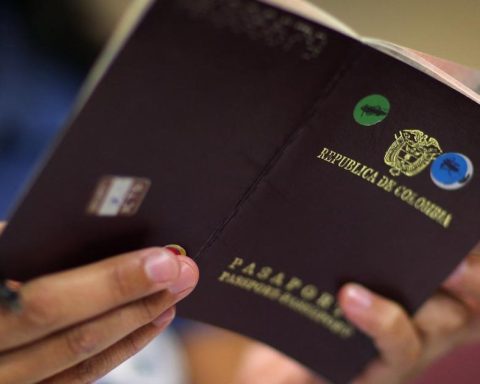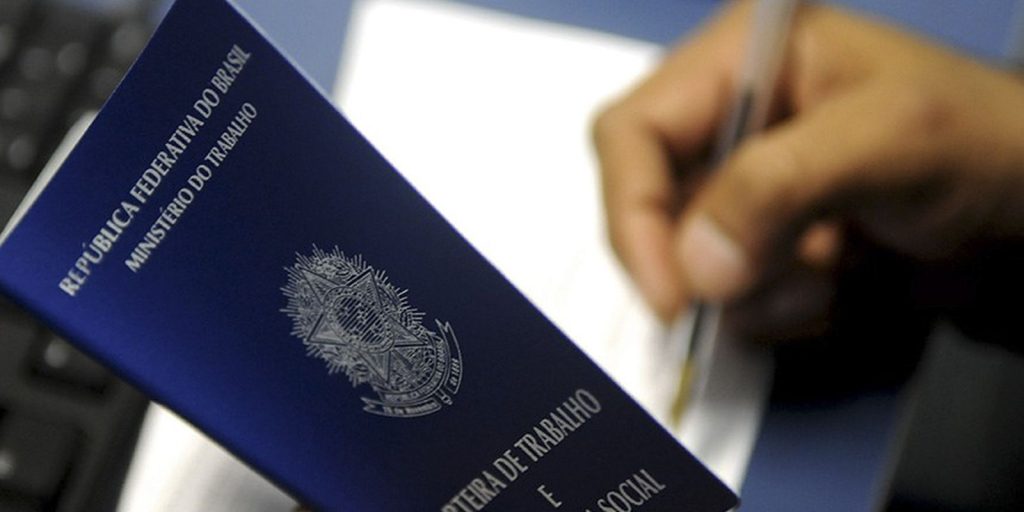10% of workers The best paid currently earn 38% of the global wage bill, while the 10% of the lowest paid earn only 0.5% of the total. according to the most recent analyzes presented this Thursday by the International Labor Organization (ILO).
The general director of the organization, Gilbert Houngbo, presented to the press the conclusions of the most recent studies that have been done on the evolution of salaries in the world, particularly after the exceptional period that was the covid-19 pandemic.
Based on a sample of 72 countries that represent 73% of the world’s salaried workers, the conclusion is that two out of three countries have recorded a decrease in inequalities since the beginning of this century, more markedly in the case of low- and lower-middle-income countries.
However, in general, salary inequalities have fallen much more in the upper half of the wage scale than in the lower half, according to the ILO report on global wage developments.
This has been partly a consequence of the rise in real wages around the world, which have grown faster than inflation in recent times.
After a global drop of 0.9% in 2022, real wages recovered 1.8% last year, although if China is excluded from this calculation –where rapid wage growth had a significant impact on the global average – growth was 1.3%.
(See here: The plans evaluated by the Panama Canal for the construction of a gas pipeline)
Preliminary data available to the ILO indicate that in the first half of 2024 real wages increased by 2.7% (2.3% if China is excluded), which would represent the most significant increase in fifteen years.
By region, the only ones where wage growth did not recover in 2023 were in Africa, North America and western, northern and southern Europe.
ILO analysts highlight in their report that although there is a tendency for wage inequality to decrease, this is based on a large base difference and that is that wages vary strongly depending on whether the country is low- or middle-income. and tallwhere they stand at 201, 630 and 3,333 dollars (at a conversion rate according to purchasing power), respectively.
This means that a worker with an average salary in a middle-income country will have purchasing power that is less than 20% of that of a worker on the same salary scale in a high-income country, while for the worker in the low-income country that purchasing power will be only 6%.
The conclusion is that although wage gaps have narrowed in the first quarter of the 21st century, inequalities in income from work continue to be too high, in response to which the ILO proposes that collective bargaining or the setting of a legal minimum wage -through a dialogue between the government, employers and unions- be the main way to adjust salaries in the countries.
(Follow here: Chile’s economy did not show year-on-year growth in September)
Likewise, it considers mechanisms necessary to promote equal salaries between men and women, since the latter are more likely to be among the lowest paid.
The same occurs with wage earners in the informal economy, who represent the majority of workers in poor countries and almost half in middle-income countries.
EFE















